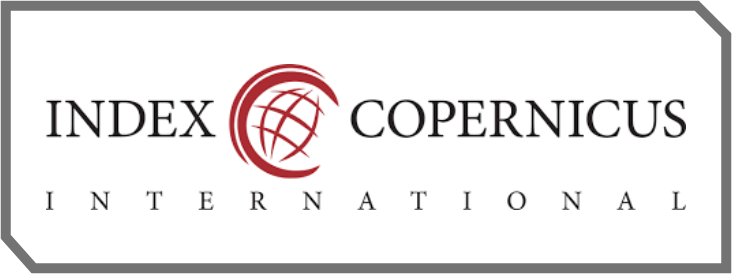Exploring Pay Equity: The Role of Public and Employee Stakeholders in Shaping CEO-Worker Pay Ratios
DOI:
https://doi.org/10.70142/kbijmaf.v1i1.216Keywords:
CEO-worker pay ratios, stakeholder influence, corporate governance, regulatory reforms, pay equityAbstract
This research investigates the impact of stakeholder pressures on executive compensation practices, focusing on the influence of public and employee stakeholders through the disclosure of CEO-worker pay ratios and regulatory frameworks. The primary objective is to analyze how these stakeholders shape corporate governance norms and executive pay policies. Employing a qualitative methodology, this study synthesizes contemporary research on the subject. It reviews strategic organizational responses aimed at enhancing transparency and fairness in executive compensation. Data were gathered from various scholarly articles, regulatory reports, and case studies, providing a comprehensive overview of the current landscape. The Result reveal that the public and employee stakeholders have a substantial influence on CEO compensation policies. According to the study, more pay equity transparency promotes improved stakeholder confidence, corporate accountability, and organizational reputation. It also emphasizes how businesses adjust to legal changes and the wider consequences for corporate social responsibility.
References
Bebchuk, L. A., & Fried, J. M. (2004). Pay Without Performance: The Unfulfilled Promise of Executive Compensation. Harvard University Press.
Conyon, M. J., & He, L. (2018). Executive Compensation and Corporate Governance in China. Journal of Corporate Finance, 56, 168-195.
Denis, D. J., Hanouna, P., & Sarin, A. (2019). Is There a Dark Side to Incentive Compensation?. Journal of Financial Economics, 134(1), 158-178.
El Ghoul, S., Guedhami, O., & Pittman, J. (2011). Cross-Country Evidence on the Importance of Big Four Auditors to Equity Pricing: The Mediating Role of Legal Institutions. Journal of Accounting Research, 49(3), 803-838.
Freeman, R. E. (1984). Strategic Management: A Stakeholder Approach. Pitman Publishing Inc.
Gompers, P., Ishii, J., & Metrick, A. (2016). Corporate Governance and Equity Prices. The Quarterly Journal of Economics, 118(1), 107-156.
Irawan, D., Prabowo, H., Kuncoro, E. A., & Thoha, N. (2021). The Moderating Role of Human Capital on the Operational Resilience and Strategic Orientation to Corporate Sustainable Longevity through Innovation Performance: Evidence from Indonesian Jamu Companies. Psychology and Education Journal, 58(4), 2799-2814.
Kusnanto, E. (2022). Performance Measurement Based on Balance Scorecard Perspective of Sustainable Leadership, Corporate Governance and Human Capital in Banking Industry. International Journal of Contemporary Accounting, 4(1), 41-58.
Liang, H., Renneboog, L., & Zhang, C. (2022). The Political Economy of Executive Compensation. Journal of Financial Economics, 145(1), 183-204.
SEC. (2021). Securities and Exchange Commission: Pay Ratio Disclosure. Retrieved from SEC website.
Tao, N. B., & Hutchinson, M. (2020). Corporate Social Responsibility and Pay-for-Performance: The Moderating Role of Shareholder Rights. Journal of Business Ethics, 164(3), 615-640.
















